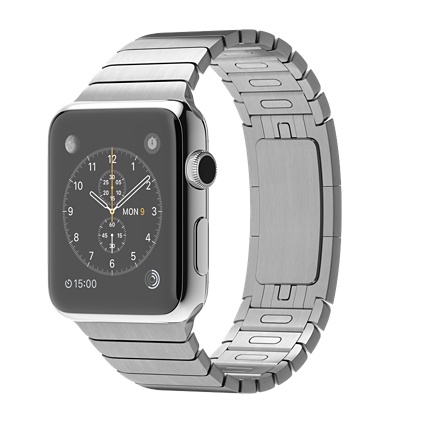Is the new Dell XPS 13 better than the MacBook Air? If you trust AnandTech or Ars Technica, then the answer is a resounding “yes”. The Verge isn’t ready to hand the ultrabook crown over to Dell just yet, but kudos to Dell for making the race a whole heckuva lot closer.
The Verge highlights three big reasons why the XPS 13 isn’t quite ready to take the throne – battery, touchpad and webcam placement. Interestingly, AnandTech and Ars Technica both claim superiority for the XPS 13 in battery and neither had anything particularly negative to say about the touchpad – highlighting the shift to Microsoft’s Precision touchpad standard as a mostly successful endeavor. I’ll talk about the webcam in just a second.
One standout feature of the XPS 13 is what Dell is calling their ‘infinity display’, a 13 inch display packed inside an 11 inch laptop frame, thanks to a 5.2mm bezel on three sides of the display. Based on the reviews, it sounds like the display delivers beautiful pixels in a coolly slick and svelte package. I don’t think this feature alone makes the laptop the envy of MacBook Air owners everywhere, but it’s certainly something I wouldn’t be disappointed to see come to Apple’s ultraportables. One caveat is webcam placement. It seems that 5.2mm bezel wasn’t quite enough space to pack in a webcam, so the next iteration either needs to trade some chin space for the forehead or some sort of new behind-the-screen camera technology needs to hit the mainstream to help prevent awkward up-nose or knuckle shots.
I’m undeniably biased in favor of Apple’s software and hardware, but I’ve long felt like Windows-based PCs could make major leaps forward in hardware equivalence by concentrating on the touchpad and the battery. I’ve never personally used Microsoft Precision touchpad hardware, and I’m suspicious of the audacious battery life claims from Anandtech and Ars Technica, though I normally trust both sources. Regardless, it looks like Windows-centric ultraportable fans have some great hardware coming their way. My day job is a Windows-centric environment (and, specifically a Dell-only shop) and I certainly wouldn’t mind getting my hands on the XPS 13. Predictably, that’s not in the cards as we tend to use the business-friendly Latitude line. If you get to spend some time with an XPS 13, hit me up on Twitter and let me know what you think. I’d love to hear how the battery and touchpad fare for you.
